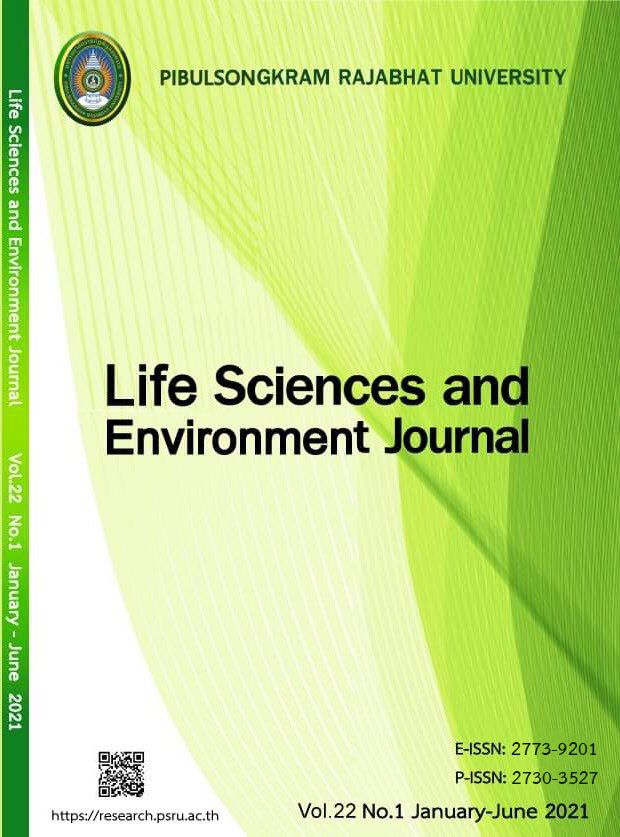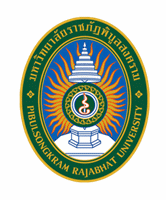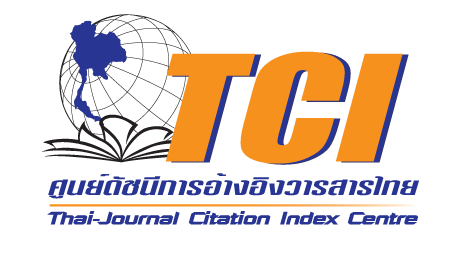THE INTERACTION STUDY BETWEEN RADIATIONS FROM COMPUTERIZED TOMOGRAPHY WITH BRAIN, CRANIUM AND SKIN OF HUMAN
Keywords:
Nervous system, Interaction, Mass attenuation coefficientAbstract
This work aims to study partial interaction, mass attenuation coefficient, effective atomic number, half value layer and mean free path by focus the absorption and scattering radiation of nervous system. The study of photon interaction at energies 1–10,000 keV by the WinXCOM software program for studying partial interaction, mass attenuation coefficient, effective atomic number, half value layer and mean free path. These data are important parameters for radiologists to analysis and apply for using with computerized tomography. The relationship of mass attenuation coefficient, effective atomic number, half value layer and mean free path of brain, cranium and skin in photon energies ranging 1–10,000 keV found that photon radiation passes through more than skin and cranium, respectively. The results indicated that all three of the organs effectively absorb radiation from nervous system computerized tomography. When analyzed with computed tomography, the absorption of all three of the organs will affect the efficiency and accuracy in measuring the results from computed tomography.
References
Akman F, Durak R, Turhan MF. et al. Studies on effective atomic numbers, electron densities from mass attenuation coefficients near the K edge in some samarium compounds. Applied Radiation and Isotopes 2015;101:107-113.
Bonnin A, Duvauchelle P, Kaftandjian V. et al. Concept of effective atomic number and effective mass density in dual-energy X-ray computed tomography. Nuclear Instruments and Methods in Physics Research B 2014;318:223-231.
Chaiphaksa W, Limkitjaroenporn P, Kim HJ. et al. The mass attenuation coefficients, effective atomic numbers and effective electron densities for GAGG:Ce and CaMoO4 scintillators. Progress in Nuclear Energy 2016;92:48-53.
Duck FA. Physical Properties of Tissues: A Comprehensive Reference Book. United Kingdom: Academic Pres; 2013.
Gerward L, Guilbert N, Jensen KB, Levring H. WinXCom-a Program for Calculating X-Ray Attenuation Coefficients. Radiation Physics and Chemistry 2004;71:653-654.
Günay O, Gündogdu Ö, Demir M. et al. Determination of the Radiation Dose Level in Different Slice Computerized Tomography, International Journal of Computational and Experimental Science and Engineering 2019;5(3):119-123.
Günay O, Sarihan M, Abamor E. et al. Environmental Radiation Doses from Patients Undergoing Tc-99m DMSA Cortical Renal Scintigraphy. International Journal of Computational and Experimental Science and Engineering 2019;5(3):86-93.
Issa SAM. Effective atomic number and mass attenuation coefficient of PbO-BaO-B2O3 glass system. Radiation Physics and Chemistry 2016;120:33-37.
Kumar A. Studies on effective atomic numbers and electron densities of nucleobases in DNA. Radiation Physics and Chemistry 2016;127:48-55.
Lama LSD, Soares LDH, Antoniassi M. et al. Effective atomic numbers for materials of medical interest at low photon energy using the Rayleigh to Compton scattering ratio. Nuclear Instruments and Methods in Physics Research A 2015;784:597-601.
Limkitjaroenporn P, Kaewkhaoa J, Chewpraditkul W. et al. Mass Attenuation Coefficient and Effective Atomic Number of Ag/Cu/Zn Alloy at Different Photon Energy by Compton Scattering Technique. Procedia Engineering 2012;32:847-854.
Morato S, Garcia C, Juste B. et al. MCNPX Simulation for Radiation Dose Absorption of Anatomical Regions and Some Organs, Acta Physica Polonica A. 2020; 137: 561-565.
Önder P, Tursucu A, Demir D. et al. Studies on mass attenuation coefficient, effective atomic number and electron density of some thermo luminescent dosimetric compounds. Nuclear Instruments and Methods in Physics Research B 2012;92:1-10.
Ozan TH, Cavli B, Ebru AE. et al. An Investigation on Radiation Protection and Shielding Properties of 16 Slice Computed Tomography (CT) Facilities. International Journal of Computational and Experimental Science and Engineering 2018;4(2):37-40.
Paul EC, Kristen M, Waterstram R. Nuclear Medicine and PET/CT Technology and Techniques. 7th. St Louis, United States: MOSBY; 2011.
Peixoto PHR, Vieira JW, Yoriyaz H. et al. Photon and electron absorbed fractions calculated from a new tomographic rat model, Physics in Medicine & Biology 2008;53(19):5343-5355.
Salvado M, Lopez M, Morant JJ. et al. Monte Carlo calculation of radiation dose in CT examinations using phantom and patient tomographic models, Radiation Protection Dosimetry 2005;114:364-368.
Singh K, Singh H, Sharma V. et al. Gamma-ray attenuation coefficient in bismuth borate glass, Nuclear Instruments and Methods in Physics Research Section B: Beam Interactions with Materials and Atoms 2002;194(1):1-6.
Tekin HO, Manici T. Simulations of mass attenuation coefficients for shielding materials using the MCNP-X code. Nuclear Science and Techniques 2017;28(95):1-4.
Tekin HO, Singh VP, Altunsoy EE. et al. Mass Attenuation Coefficients of Human Body Organs using MCNPX Monte Carlo Code, Iranian Journal of Medical Physics 2017;14(4):229-240.
Yahsi ÇY, Orhan KH. Investigation from Different Calculation Solutions In Vertebra Plans And The Reliability Of Different Dose Rate Dose. International Journal of Computational and Experimental Science and Engineering 2019;5(3):135-138.
Yahsi ÇY, Orhan KH. Investigation of the Effect of Intermediate Dose Calculation Module on Dose Dıstrıbutıon in Lung Cancer Radiotherapy Patients. International Journal of Computational and Experimental Science and Engineering 2019;5(3):142-146.
Yoriyaz H, Stabin MG, Dos Santos A. Monte Carlo MCNP-4B–Based Absorbed Dose Distribution Estimates for Patient-Specific Dosimetry. Journal of Nuclear Medicine 2001;42:662-669.
Downloads
Published
How to Cite
Issue
Section
License
Each article is copyrighted © by its author(s) and is published under license from the author(s).









